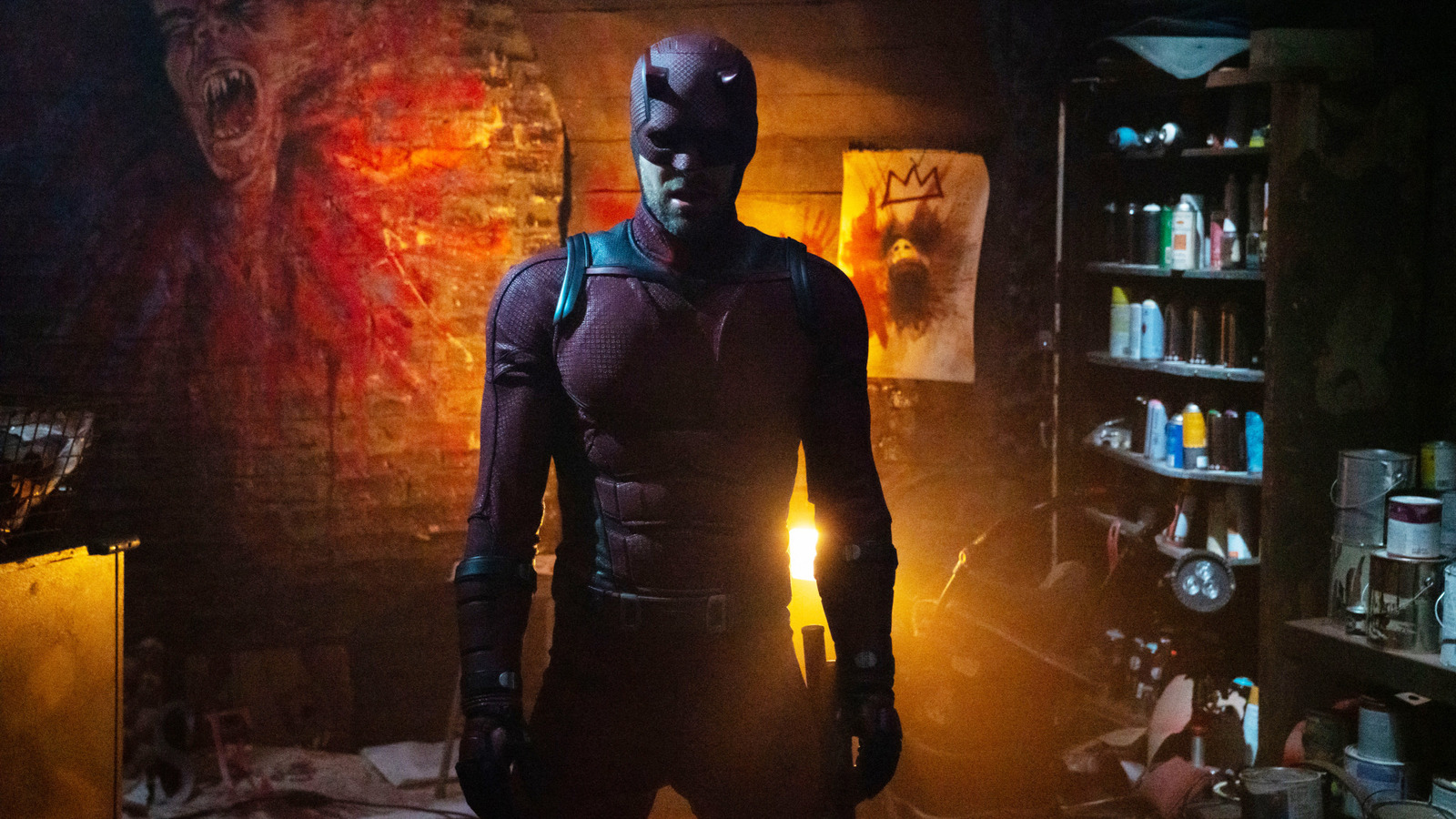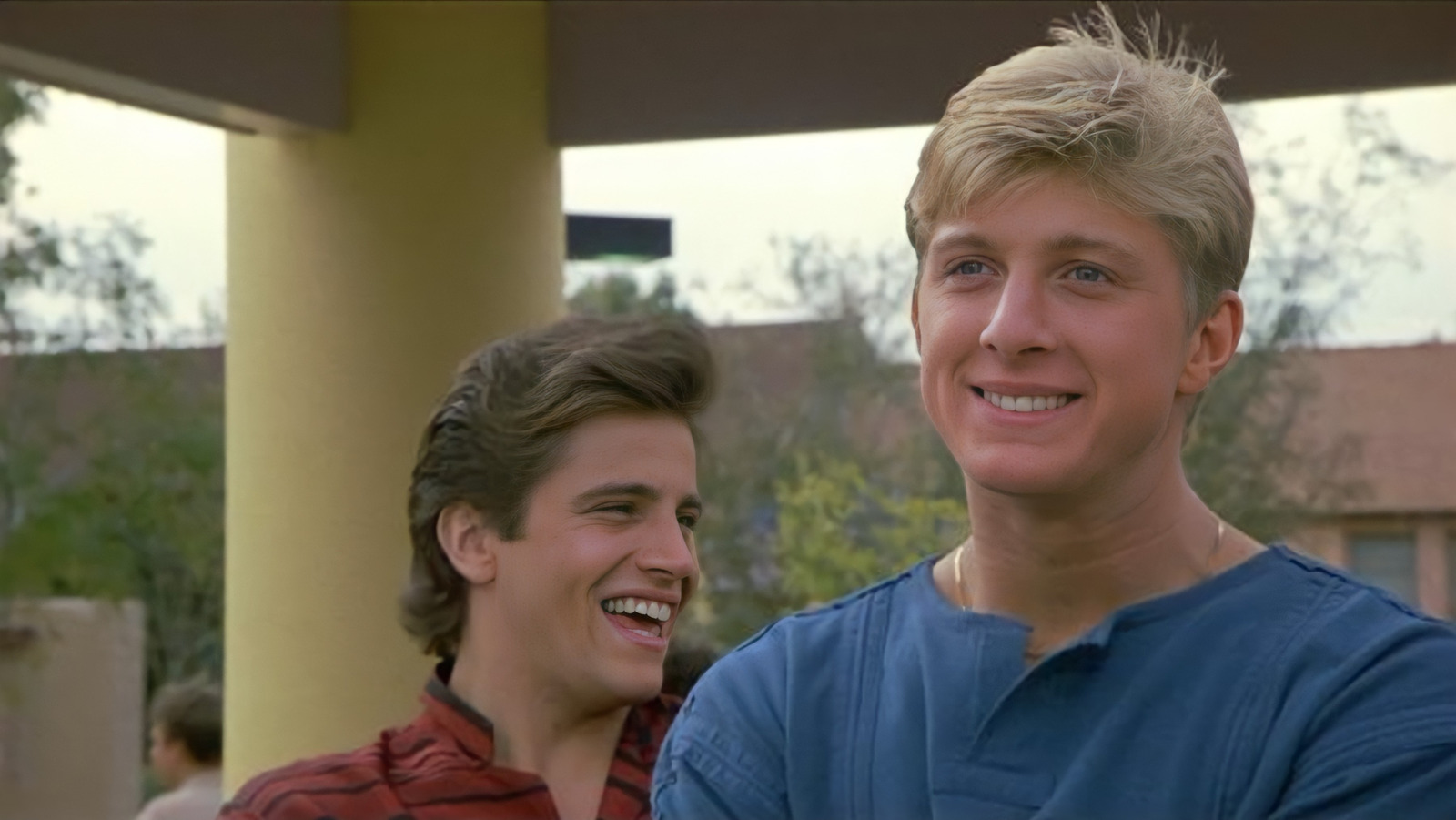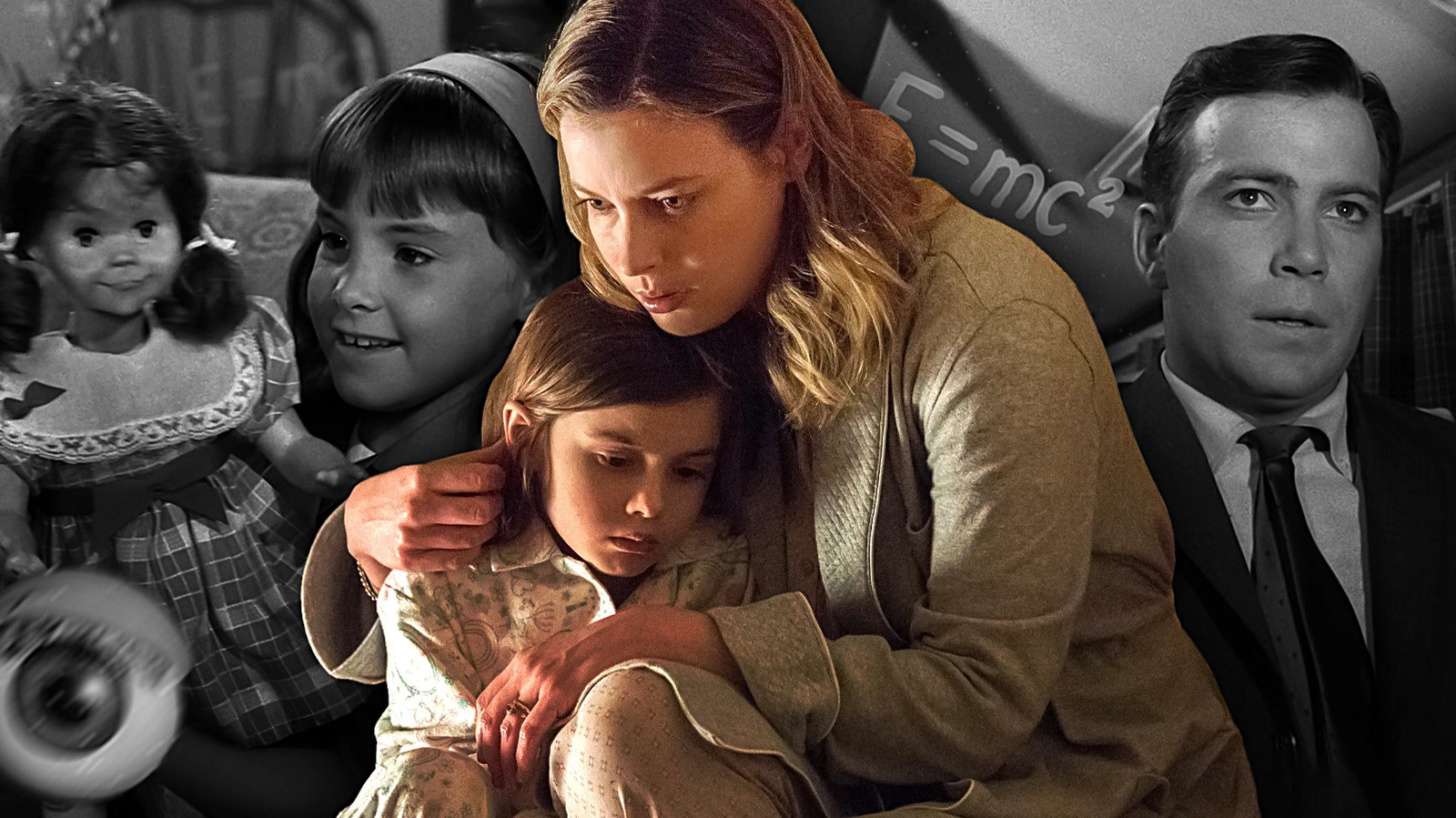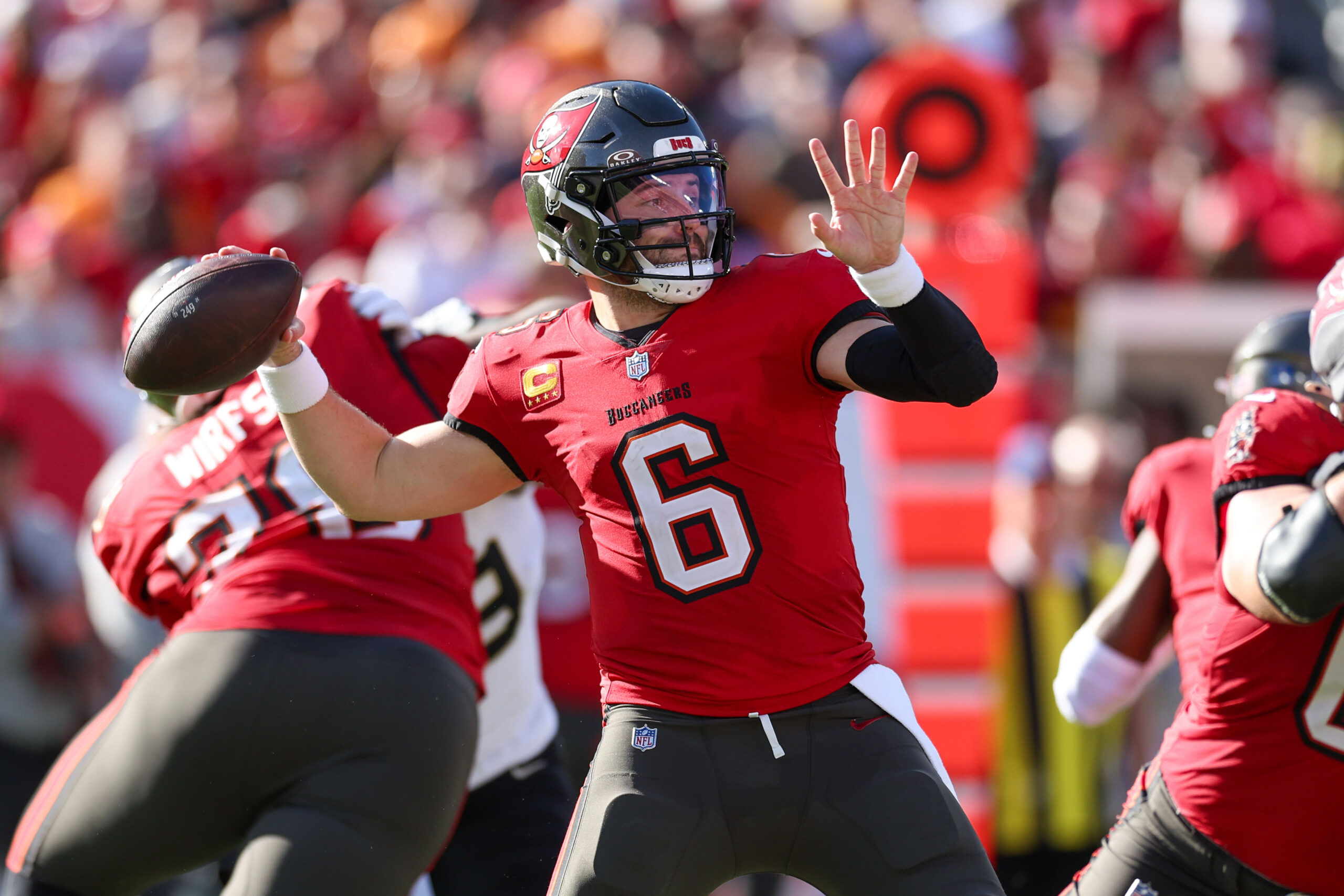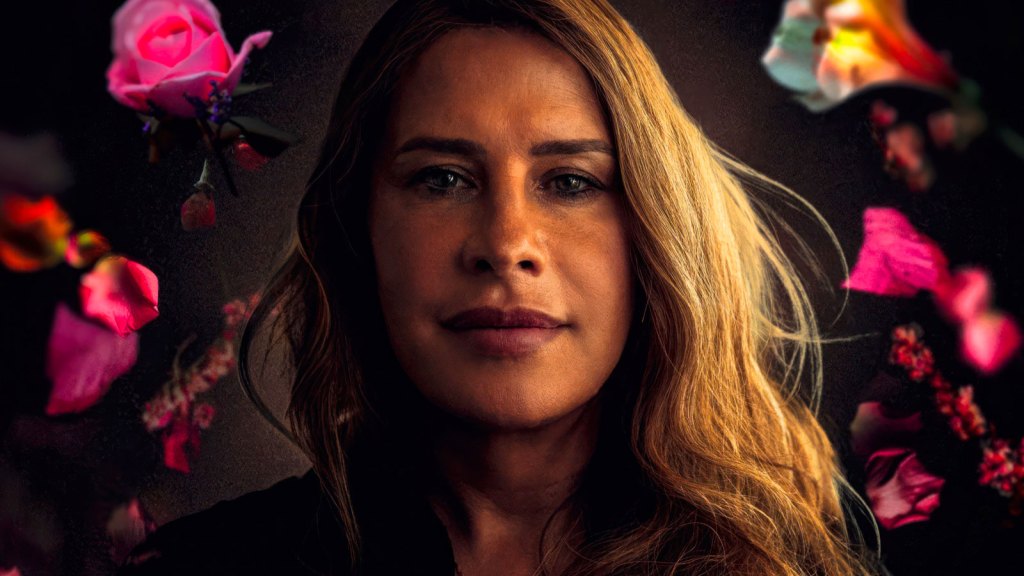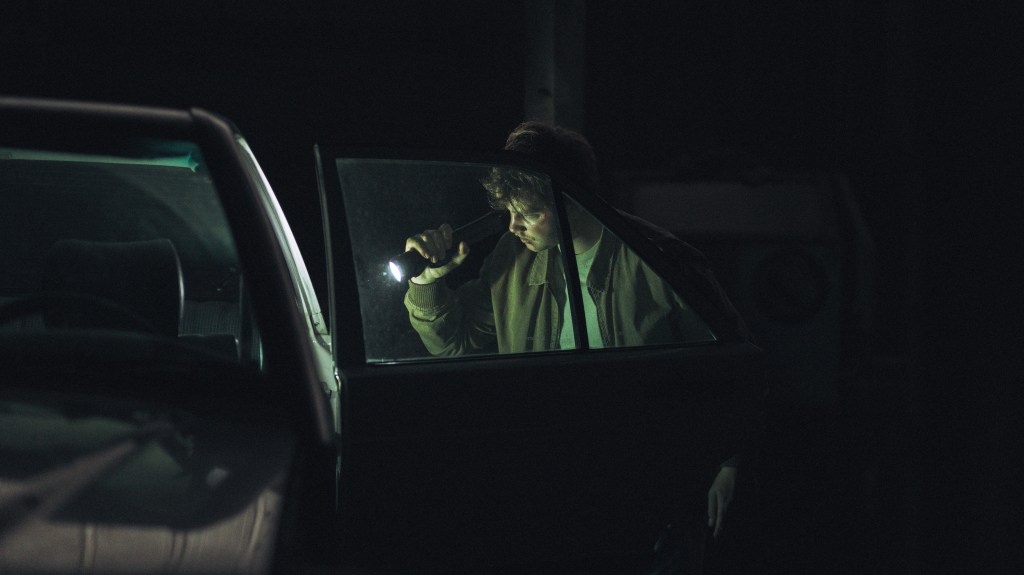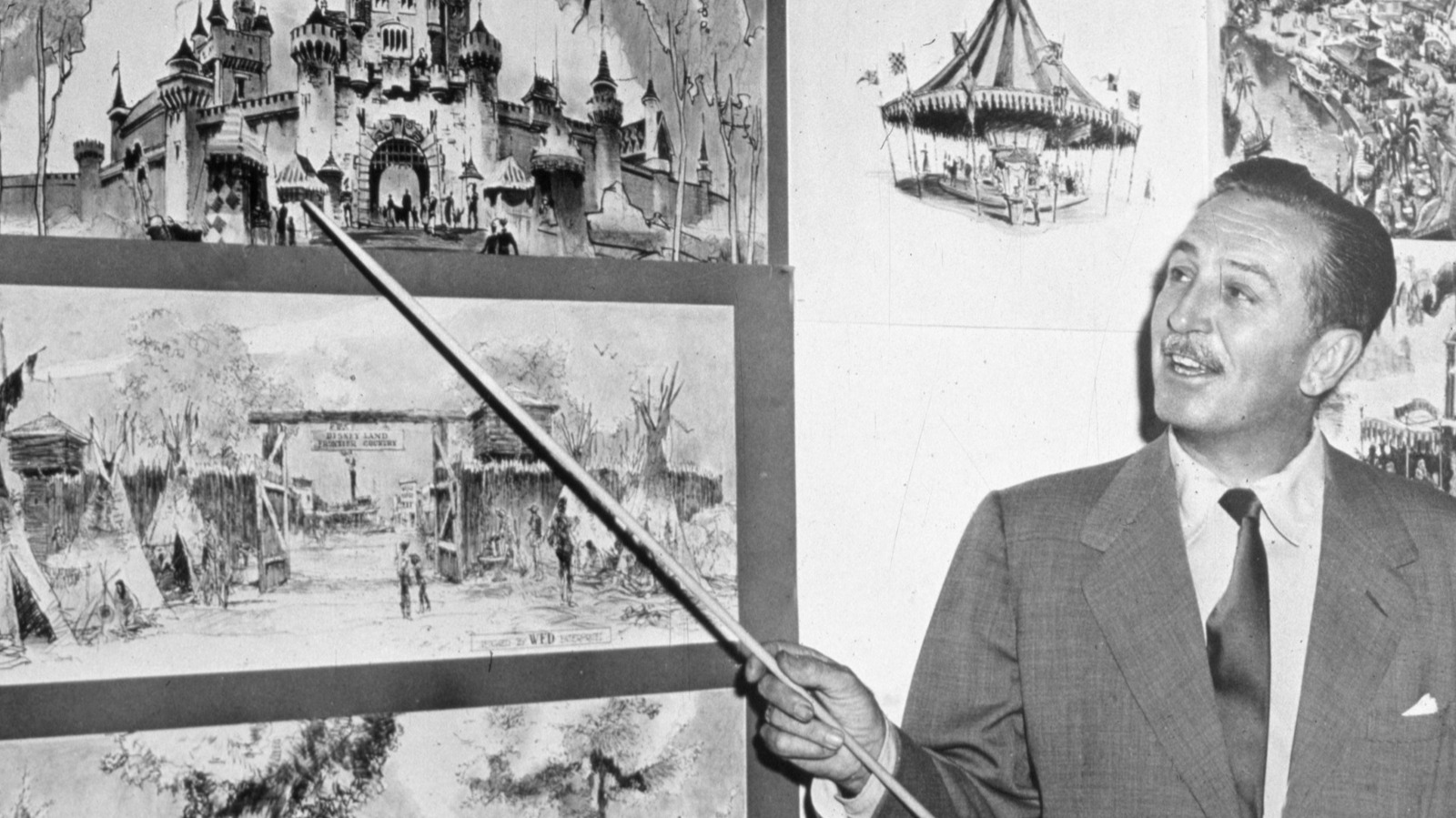

As much as the existence of “Walt Disney’s Disneyland” had an ulterior motive in selling the eventual theme park to audiences during its first nine months of existence (the first episode aired on October 27, 1954; Disneyland opened its doors on July 17, 1955), the show had a different ulterior motive in being pitched: Disney needed additional funding to complete the park and was essentially hoping that whichever network aired his show would help bring the park to the finish line. The eventual victor was ABC, though it should be noted that this was four decades before a much different and bigger version of the Walt Disney Company bought ABC. At the time, Disney signed an agreement to make 21 hourlong episodes of an anthology series per season for three seasons, though the terms of the deal would eventually change. (Only the first season, all of which aired before Disneyland opened, produced 21 episodes. Future seasons aired between 26 and 30 episodes, and the TV series ended up airing, initially, for seven seasons on ABC.)
From the outside in, the idea of “Walt Disney’s Disneyland” was quickly established in its introductory montage, making clear that episodes were divided into one of four groups: Adventure Land, Fantasy Land, Frontier Land, and Tomorrow Land. Eventually, those two-word groups would turn into one word each, in alignment with the corresponding land at Disneyland Park. Both because television was still so new and so easy to experiment with, and because Disney only had so much money, the first season managed to set the tone for the future 10 or so seasons hosted by Walt Disney (before his passing in 1966) while also leveraging the studio’s past work. While the series premiere is fittingly titled “The Disneyland Story,” meant to tee up what the park would encompass while also reminding audiences of the many beloved characters populating Disney’s stories, future episodes presented condensed versions of Disney films. (Literally, the second episode, airing on November 3, 1954, is a trimmed-down version of the 1951 animated film “Alice in Wonderland.”) “The Disneyland Story” is, as a premiere, aware that what it’s describing is entirely new, and that giving audiences a peek behind the curtain of how both the park was being built and how movies are made at all was a little bit of a bonus. Even before Disney is introduced and unveils a massive map of what Disneyland would look like when it opened, we see glimpses of the behind-the-scenes production of the first Disney blockbuster, “20,000 Leagues Under the Sea,” and early live-action reference work for the studio’s 1959 classic “Sleeping Beauty.”
But the meat of the episode is about Disneyland itself. As Disney himself states, “Disneyland the TV show and Disneyland the place are all part of the same [thing].” In truth, when you watch “The Disneyland Story,” it becomes clear that the pilot is doing two things: one, making clear what the audience can expect from future episodes; and two, subtly seeding in the idea that the Disneyland theme park itself would offer a similar array of experiences. The episode offers glimpses into what each of the four “realms” of Disneyland would offer. In Frontier Land, we get an early preview of the Davy Crockett miniseries starring Fess Parker, as well as the character’s song. In Adventure Land, you get a glimpse of what would amount to nature documentaries about different parts of the world. In Tomorrow Land, you get a brief lecture and corresponding visuals about how man is attempting to conquer outer space in the near future. Before Disney himself trotted out a line any passing fan knows all too well — “It all started with a mouse” — and showed clips of Mickey throughout the 25 years in which the character had appeared in shorts, Fantasy Land featured an extended section of the highly controversial 1946 film “Song of the South.”
